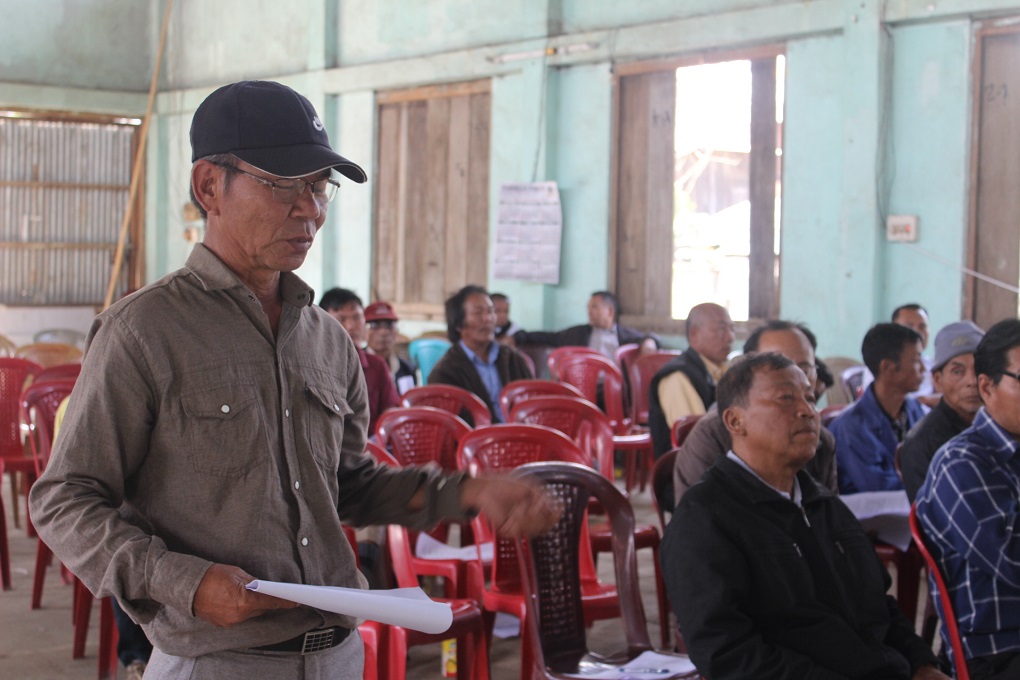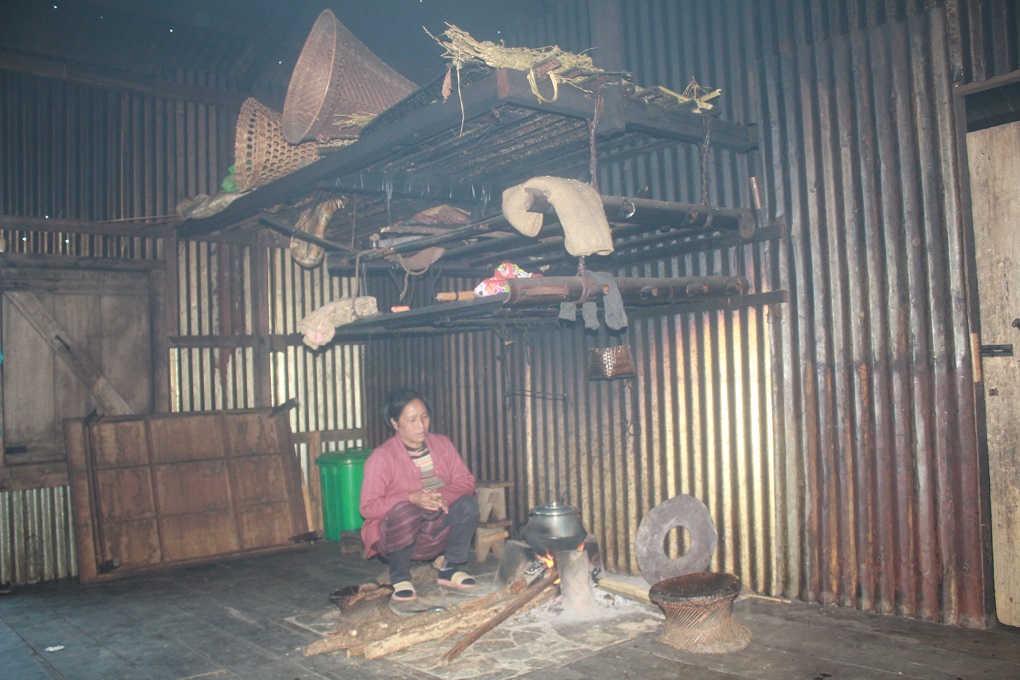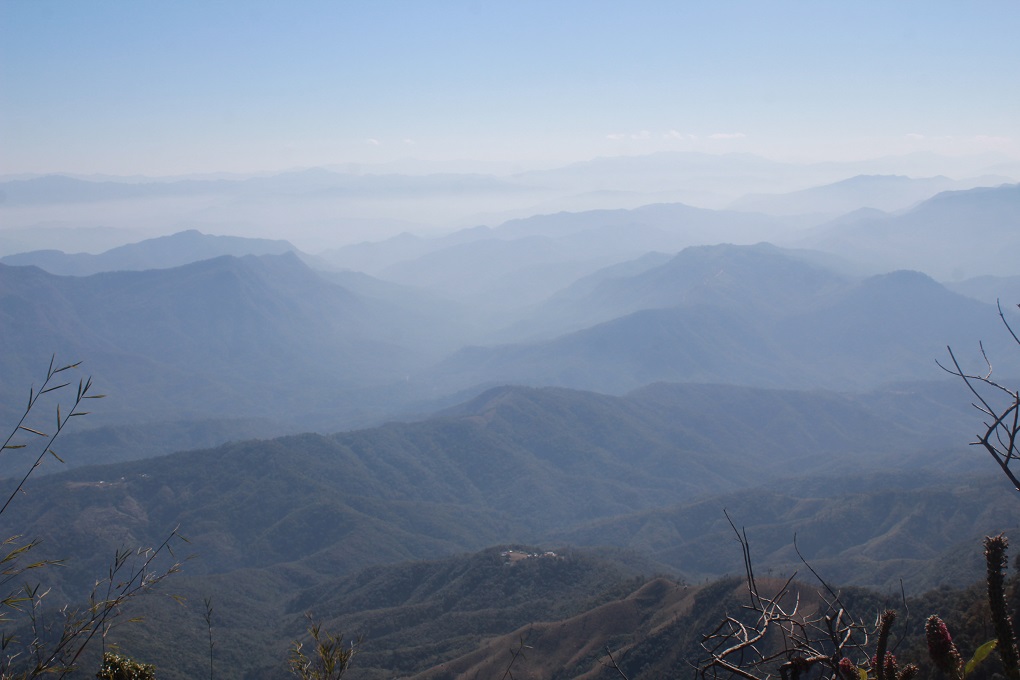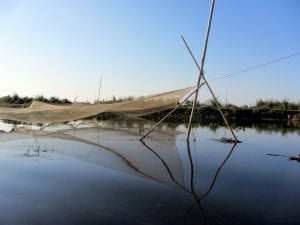About sixty village chiefs of Churachandpur district in the Indian state of Manipur gathered at Lamka on May 12, 2018 to deliberate upon a notification about the Kailam Wildlife Sanctuary[i]. The village chiefs unanimously resolved to object ‘tooth and nail’ against the move the Manipur government, and formed a Joint Action Committee to take forward their move. The gathering also featured a seminar on “Forest rights in Hill Areas of Manipur state”
These are only the latest moves in a long dispute. In June 1997, the government of Manipur issued a gazette notification stating that – in exercise of powers conferred by sub-section (I) of Section 18 of Wildlife (Protection) Act 1972 – the Governor of Manipur had declared an area of 187.50 square kilometres in south Manipur as a wildlife sanctuary on account of ecological conditions, fauna, floral, geo-morphological features of significance. The gazette notification declared that the area would be called “Kailam Wildlife Sanctuary”.

According to the village chiefs there are approximately another 40 villages that are not mentioned in the list covered under the proposed core area of the sanctuary and the eco-sensitive zone. Thus a total of 105 villages will be affected, and their residents displaced to make way for the proposed sanctuary.
In response to the 1997 gazette notification five village chiefs filed a written objection. The 2015 notification was objected by the Thanlon sub-division Village Chiefs Association in October 2015. Moreover 8 village chiefs field a writ petition in the High Court of Manipur challenging the proclamation of the sanctuary. The said writ petition was closed since the government did not take further steps.
Some of the key reasons cited for the objection include the infringement upon the rights of the Chiefs, being uprooted from their ancestral lands, taking away their right to land and forest resources, and the deprivation of livelihood.
The village chiefs claimed that the move to declare the sanctuary came as a shock, and they were unaware of any such move by the government until the gazette notification came to their doorsteps. Only 5 village chiefs filed their ‘objection’ to the 1997 notification and that too only in 2001.
Thiankholian Guite, the chief of Songtal village, explained why the response had been so delayed. He said that the gazette notification in 1997 came at a time when there was largescale inter-community conflict in the district, so much so that Churachandpur district came to standstill for more than a year. Again in 2015, when the notice for declaring the eco-sensitive zone came, the district was seeing intense upheaval against three contentious bills had been passed in the state assembly. At least eight people were killed in the ensuing violence, and the district came to a standstill for almost two years. Guite asked, “Is the government taking advantage of such socio-political crisis in the district?”

The chiefs also disputed the core rationale for their being moved out of the area: the preservation of flora and fauna. Guite said that village chiefs had been preserving the forest since generations, “We have been strictly monitoring the forest – in terms of restricting cutting of trees and exploiting resources of the forest.” He asked, “Are animals in the forest far more precious than the forest dwellers?” Adding, “We (chiefs) must protect our ancestral land and its people.”

According to a research study by Thangsuanlian Naulak at the Forest Research Institute, Dehradun, the proposed area of the sanctuary is home to five species of hornbills: Tickell’s brown hornbill, rufous-necked hornbill, great hornbill, wreathed hornbill, and the Oriental pied hornbill. Apart from this the area plays host to leopards, the golden cat, the serow, the Hoolock gibbon, the stump-tailed macaque, the Asiatic black bear, the Chinese pangolin, the Eurasian otter, and the Chinese ghoral. There are 135 species of trees, 119 species of herbs, 80 species of shrubs, as well as a combination of 68 grass and bamboo species.
The study also mentions that – as per the gazette notification – the District Magistrate is required to publish notifications in the regional language in every town and village in the neighbourhood of the area regarding the situation and limits of the sanctuary, as well as determine the rights of those displaced. However the notification has not been published in any vernacular language and no settlement of rights has been carried out so far.
According to forest officials in Churachandpur the final notification is yet to be made, while the acquisition of forest lands for the sanctuary is yet to be made by the district administration. The officials stated that due to opposition from village chiefs further action cannot be taken up at present.
There is fear, anxiety, and uncertainty among the people dwelling at Kaihlam Taang forest and the vicinity of the proposed sanctuary and the inhabitants of Churachandpur district at large. Various public discussions, deliberations and consultations have been held by civil society organisations and traditional bodies (without government participation).
One of the issues discussed is that if there were reasons for the sanctuary to be declared – such as poaching – why so no information shared with the people there, especially the village chiefs? The dismissal of village chiefs and tribal communities as mere ‘collateral damage’, is deeply resented.
For the many indigenous groups that lives in these villages – the Paite, Hmar, Gangte, Vaiphei, and Thadou – it is about identity, rights, livelihood, history, and culture. They may be a small number of people living in an isolated part of the country, and fear that in the formulation of large policy decisions they are, once again, ignored as their lives are turned upside down.
[i] The official notification calls it “Kailam Wildlife Sanctuary” based on the name of the village at the centre of the area, but locals use the spelling “Kaihlam”. In this article “Kailam” is used throughout where the proposed sanctuary is named, but the local name is used otherwise.
![<p>Thiankholian Guite, the chief of Songtal village, at a protest meeting [image by: Ninglun Hanghal]</p>](https://dialogue.earth/content/uploads/2018/05/Guite.jpg)




![An Indus river dolphin spotted in Dhunda [image courtesy: WWF-India]](https://dialogue.earth/content/uploads/2018/05/Indus-River-Dolphin-in-Dhunda_WWF-India-300x200.jpg)


